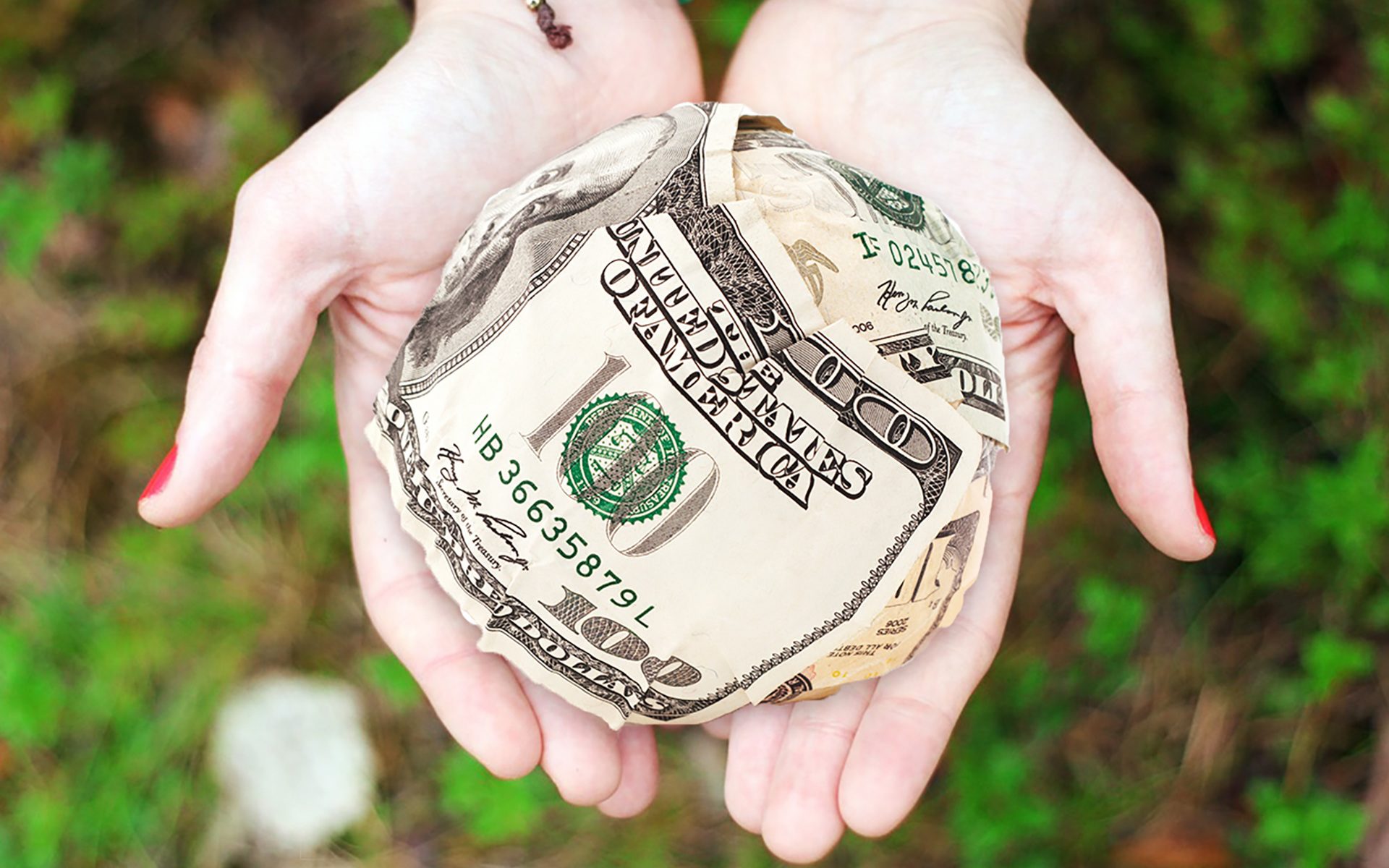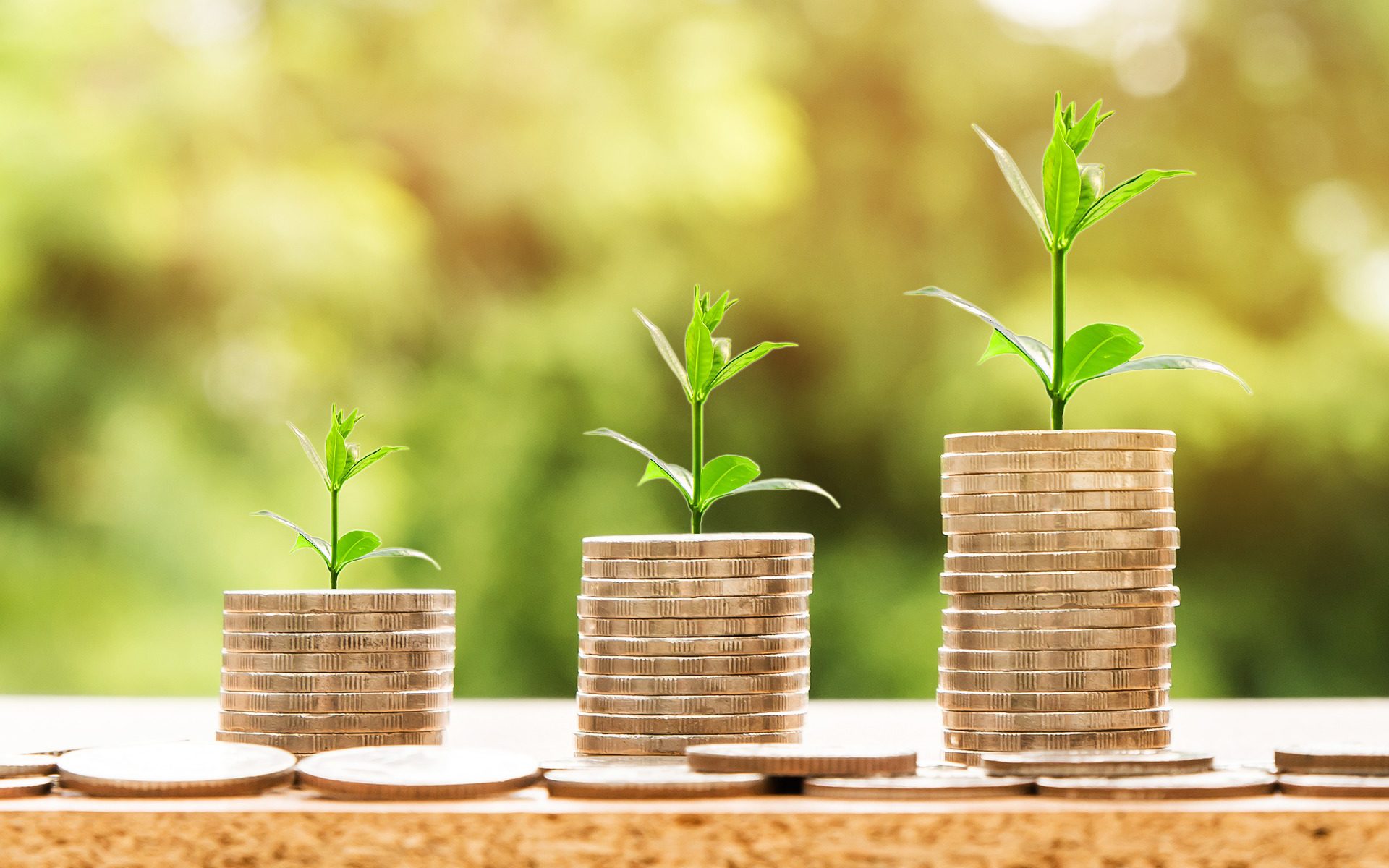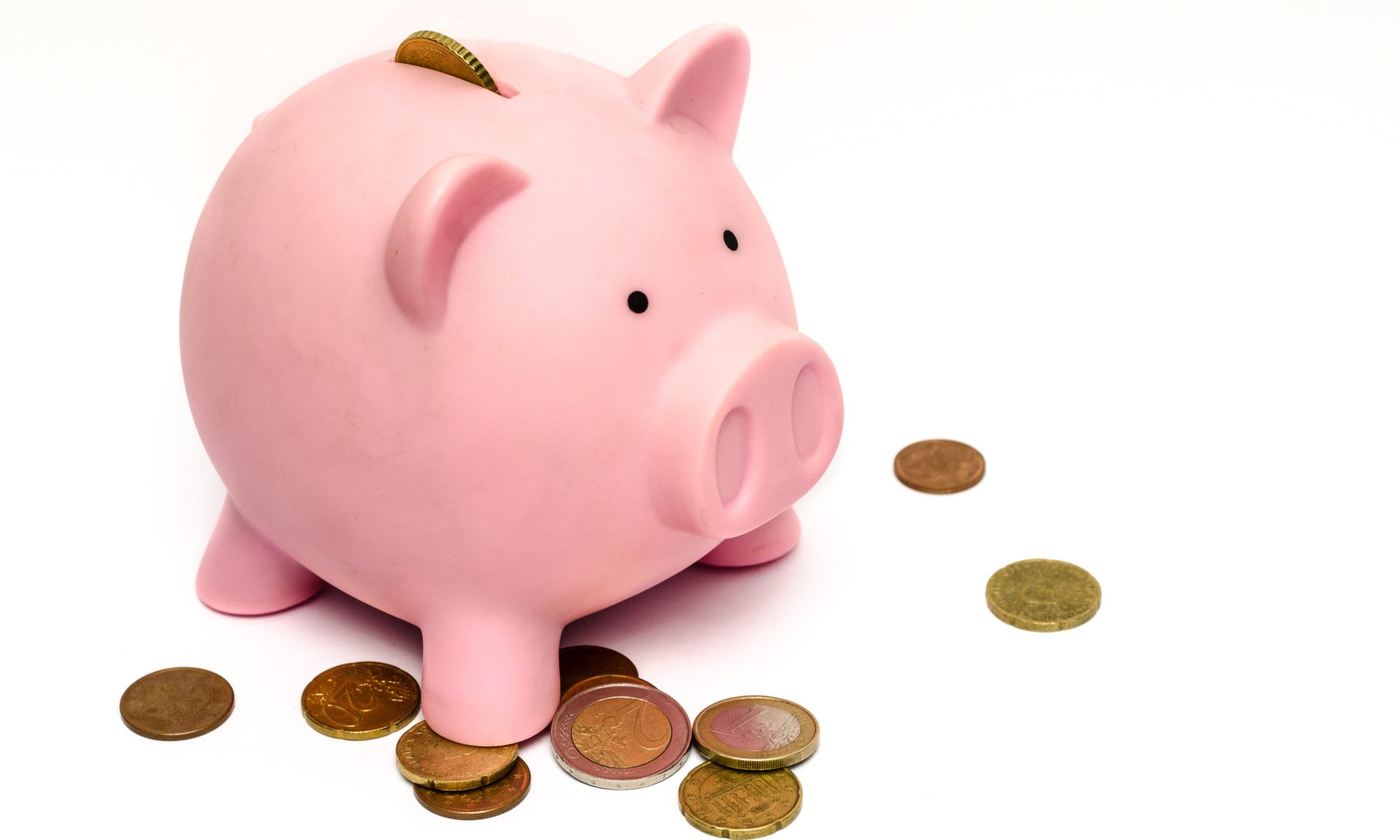A friend recently came to me with a “problem”. He had recently come into some money. Prior to this my friend didn’t really have anything in the way of savings, nor any knowledge of what to do to put this money to good use. This is one of those good problems to have. He had money, but needed knowledge. Money can be hard to come by. Knowledge is easy to acquire. You just need to know where to look.
So this post is basically an answer to my friend, as well as a handy guide to others in similar situations who maybe know they want to save and invest but have no idea how to start.
Up front, I’ll just say I understand how daunting this all can be to anyone who has never learned anything about investing or banking or finance at all. There’s a lot of factors to keep track of. I’ll do my best here to try and make it simple enough to follow.
Factor #1: What type of account
Regardless of what types of investments you are looking to hold, those investments need to be held in some kind of account. For the purpose of this piece for beginners, I’ll address four different types. Once again for my readers, this is Canada-specific. If you don’t live in Canada then the particular account options will be different and have different names, but the concepts may be similar. I have already touched on some of these considerations in a former post, but I’ll give a bit more detail here:
- Normal, non-registered accounts. Most if not all banks will have some investments they will happily sell you. If you happen to hold these investments in a non-registered account, then they will be subject to tax of some kind. So if the investments pay dividends or have some other income stream, then you will have to pay income tax on that income in the year in which it is received. Likewise if you sell any assets in a non-registered account and make money on the sale, you will pay tax on the capital gains. Capital gains just means profit when selling investment assets. This is the “normal” situation, so to speak. If you make money, the government wants their share of the tax on it.
- Tax Free Savings Acount (TFSA). This is a registered account. The main thing to be aware of here is that there are limits to the amount of money you can put into this account. The details of contribution limits are explained here. The tax benefits of this account are right in the name; any income or profits earned in this account are tax free, which is great. You are free to withdraw money out of this account at any time, but you have to be very careful about putting money back in, to make sure you don’t breach the contribution limit. This makes this account great for short-to-medium term investing if you are looking to earn a little income on your money and want access to it before you retire.
- Registered Retirement Savings Plan (RRSP). This is also a registered account, as it says in the name. It also has contribution limits, but those limits are much greater than the limits for TFSAs. Its main benefit is for deferring tax. What this means is any contributions made this year will reduce this year‘s taxable income. So if you contribute $1000 now, your taxable income for this year at tax time is reduced by $1000. That is because this type of account is geared toward retirement. Tax will be paid on any money taken out of it during retirement, as if you had earned it in the year it was withdrawn. Because it is designed with retirement in mind, there are witholding tax penalties if you withdraw money early. This type of account is great if you are currently in a higher tax bracket and want to reduce your tax payable this year, but not so great if you plan on using the money before you are 65 because it is locked away.
- Registered Education Savings Plan (RESP). This account is a bit unique because it is designed specifically for saving for a child’s education. If you have no children (or your children are already over 18) then this account doesn’t really apply to you, but I’m including it here because if you do have children under 18 then this account is a no-brainer. Why? Because the government will match 20 cents per dollar on the first $2500 invested each year to a maximum of $500 per year, up to a maximum amount of $7200 per child. This extra money is called the Canada Education Savings Grant (CESG). This is free money, and a 20% return on your investment without doing a single thing. Of course, if your child doesn’t go to college or university then you do have to give the CESG portion back, or transfer it to a sibling who still has contribution room, but why not take that money in case your child does want to pursue post secondary education? An RESP can stay open until the child is 36, just in case he or she isn’t sure they want to go to school right away. If they definitely don’t, then the money (after returning the CESG portion to the government) can be transferred to an RRSP.
All four are useful and have their respective merits and flaws. RRSPs are great, especially when your employer also contributes to one for you, but only if you don’t plan on using that money before age 65. TFSAs are great but they don’t really do anything for your income taxes in the current year, and there are limits to how much you can put in. If you’re lucky enough to have maxed out your registered account contribution room, then you have no choice but to use a non-registered account. You get the idea.
Once you have decided which type of account you want to open and hold your investments in, it’s time to decide what to put in it. But before we get in too much detail about the different options, we have to address two major concepts: volatility and diversification.
Volatility
If you’ve ever taken an economics or finance class, and probably even if you haven’t, you might be aware of the “risk vs reward” trade-off. The idea is simple; the riskier an investment is, the greater the potential returns. The classic Economics 101 example of a risk-free asset is a government bond. So a sovereign government issues a bond and that bond has a yield of say 3%. The reason this is risk free is because the government is guaranteeing you that you will get your 3% return. The only risk in holding this bond is the risk in the government going broke and not being able to pay you your 3% (or your principal back!), but since most governments are also in the money-printing business, this risk is pretty darn low. Some countries are on shakier financial ground of course, and maybe their risk of default is greater than that of other countries. Well guess what? Those countries will have to offer a higher yield on their bonds in order to get people to buy them. That is your risk vs reward paradigm in action; riskier bond, higher yield. Corporations also can issue bonds and they tend to be a bit riskier than government bonds, which of course means they offer even higher yields. But once again, the only real risk to the investor is if the company goes broke. Bonds are safe because outside of the rare event when a country or company goes belly-up, you get your yield, guaranteed.
On the other end of the volatility spectrum, you have the corporate stock. Stock prices go up and down all the time. For the most part when you’re talking about stable, major corporations, prices do go up in the long run. But between now and “the long run”, their stock prices can go way up or way down, depending on a lot of factors. They are volatile. So say you invest $1000 in ABC Corp today, and promptly forget about your investment. Two months later you look at their stock price and realize that it has gone down and your initial investment is only worth $800. Boo! That’s terrible! You’ve lost money. But you hold onto your stock, because you’re a lazy investor. A couple of months later you check back and see that the stock price has gone up again! Now your investment is worth $1100! You’re a brilliant investor because you have earned a 10% profit on your investment and now you are rich. Bully for you!
Of course, one day, ABC Corp could get mired in a major scandal and reveal that they are completely broke, making your investment worth essentially $0.
This is the concept of volatility. Riskier assets will pay greater returns, but they are also a bigger gamble. If you can stomach watching your investment go down for a while in the hopes that it will recover and not go broke, then you are okay with risk and are capable of seeking higher returns. Historically, stocks are a better bet for making money than unrisky bonds. The danger is that in the interim, risk averse people watch their investment shrink in a crisis and want to cut their losses by selling while things are low. This is very common. It is also the wrong thing to do, because historically, most companies don’t go broke, and most company’s stock prices recover. Most. The majority of investors hold stocks and bonds, but mostly stocks. The higher your appetite for risk, the higher your proportion of stocks in your portfolio.
Diversification
This is a word that gets used a lot but I wonder how many people don’t understand what it means? Basically this is the “don’t put all your eggs in one basket” principle. Again, let’s go back to Econ 101…
Imagine you lived in a world with only two types of fruit: apples and pears. Some people only eat apples, some only eat pears, and some people eat both to varying degrees. Now imagine some event has done great damage to the apple crop. There is an apple shortage and consequently the price of apples has gone through the roof. What do you as a consumer do? Well, if you’re wealthy and you hate pears, then maybe you just pay through the nose for your apples and gripe about it. But if you’re most people, you change your consumption and buy more pears until the price of apples comes down again.
Now assume instead that rather than being a consumer, you’re the owner of Apple Co. (okay, maybe this was a bad example… Apple Corp? No, that’s no good… Granny’s Apples Inc? Whatever, you get the idea). Your supply has been hit and you’ve had to raise your prices. Consequently your sales are terrible because now everyone is buying pears instead. Well if you own this company’s stock, then guess what? You effectively are one of it’s owners. In this scenario, the share price for this company would tumble and your investment and net worth would take a hit. Meanwhile shares in Pears Inc. are probably getting a nice healthy boost from all those additional sales.
So how do you avoid this potential calamity? Well, you own both companies. By buying shares in both the apples company and the pears company, you hedge your bets and reduce the volatility of your portfolio. This is what diversification means.
In the real world, sometimes individual companies suffer. Sometimes entire industries suffer. Sometimes the economies of entire countries suffer. A well diversified portfolio spreads around your risk so that your investment can withhold certain shocks and keep things even keel, in the hopes that if one part of your investment goes down, another might go up, or at least go down to a lesser degree. Diversification can occur within a market (owning stock in both Coke and Pepsi), within an economy (owning Canadian mining stocks, banking stocks, manufacturing stocks, etc.), and also internationally (owning investments in Canada, the U.S., Europe, Asia, etc.).
Diversification is essential. It is also a lot of work. You want to pick a number of assets from different industries and countries, with varying levels of risk to make your portfolio relatively stable while also taking enough risk to get some return on your investment. Well good news: you can get others to do that for you. The downside is that everything comes at a cost. Which segues nicely into our next section.
Factor #2: What type of investment
Once you have chosen the right type of account for your situation you will want to decide what to put in it. Well, you have some choices. Once again there are trade-offs. Here is a list of investment types in order of lowest return (and risk) to highest.
A savings account
Technically I suppose this is also a “type of account”, but I’m putting it in this list here because you can get both TFSA savings accounts and non-registered savings accounts at your bank. Under most circumstances, I would not advise someone to keep a lot of money in a vanilla savings account at their local bank. The exception would be if you had some money that you absolutely 100% needed all of within the next couple of years. Most commercial banks in Canada will offer these accounts and most of them will offer 0.5-1.0% on these accounts. This isn’t very good, but still better than having your money in a chequing account that offers no interest. Want to do better? Skip the bank and open an account at a local credit union. Not all credit unions are created equal so you’ll want to do your research but their banking fees are lower and their savings accounts can offer more in the 1.5%-2.5% range, which is better than the banks offer.
Mutual Funds
Mutual funds are great for beginner investors. Why? Because someone else has already done the diversification for you. Mutual funds are managed to be balanced investments, so one share of a mutual fund is like a tiny basket of assets featuring investments in different countries, industries, and asset classes. But this management and balancing has a cost. This is why each mutual fund has a Management Expense Ratio (MER), which represents the cost. Most mutual funds will have an MER of approximately 2.5%, give or take. So what does this number mean? Well lets say your little basket of goods of a mutual fund appreciates by 7% over the course of the year. If the MER is 2.5%, then your investment returns will end up being 4.5% (7-2.5=4.5). It is this MER that gives mutual funds a bad name among many investors, because you’re not getting your full rate of return.
I would argue that if you’re a beginner investor who isn’t really sure what he or she is doing, then the MER is worth it. 4.5% is better than 1%, which is better than nothing. Really, savings of any kind is the most important thing, so complaining that you’re “only” getting 4.5% return is silly when you used to earn nothing on your money. The other great thing about mutual funds? Every bank or credit union or investment firm has them. All you need to do is approach a financial advisor or ask someone at a bank. They will then ask you a few questions to assess your risk tolerance and help you pick the fund that is right for you. Then you buy that fund (hopefully repeatedly and regularly through regular contributions) and watch your savings grow. In my mind, it’s more important that you save, rather than waste too much time worrying about exactly whose mutual fund is the best choice. Just buy one. If you find a better one, then at that point start buying that better one instead. Don’t delay!
Exchange Traded Funds (ETFs)
So let’s say you’ve been squirreling away your pennies into mutual funds for several years and watching your savings grow. You’re pleased, but also aware that maybe you have some colleagues who are talking about their own investment portfolios and they’re doing even better than you. Suddenly, you’re starting to question if that 2.5% MER is really worth it. Enter the ETF.
ETFs are actually similar to mutual funds in that they also represent baskets of assets. The main difference is that they are more focused, less balanced, less managed, and therefore have lower MERs. Maybe before, you were buying a single mutual fund with all your savings and it was doing everything for you. By switching to ETFs, now maybe you have to buy 3-5 different ETFs to achieve the same diversification that your one mutual fund gave you. So you have to do a bit more work yourself. On the other hand, you’re saving money now because while before you were paying a MER of 2.5%, now you’re only paying 0.2%. Your 4.5% profit based on 7% return has now become a 6.8% profit in exchange for you doing more of the work yourself.
But there is another catch, and it represents another cost to you. Recall that ETF stands for Exchange Traded Funds. That means they are traded on a stock exchange, like the NYSE or the TSX. How do you as an investor access those exchanges? You need a brokerage account. Getting brokerage accounts is easy enough. There are several to choose from. But the catch is you usually need to pay a commission for each trade. There may be some newer brokerages that have reduced commissions but in general in Canada the going rate is about $9-10 a trade. It might not seem like much, but think about the investor who tries to save $500 a month. Once a month, he goes to his brokerage and has to buy 3 ETFs (one for domestic stocks, one for foreign stocks, one for bonds). Once a month, he has to pay $30 in trading commissions. That’s 6% of his investment amount going to commission. And $30 a month can add up. Clearly, ETFs aren’t for everybody. This is why if you’re just starting off, mutual funds might be a better option for you since they’re less work.
(Worth mentioning: some brokerages will offer a list of commission-free ETFs. If you pick a brokerage that offers one and can come up with a nice asset mix, then the worry about commissions goes away.)
The other thing to keep in mind if investing with ETFs is that at least once a year you need to re-balance your portfolio. What does this mean? Well, let’s say you’re shooting for 70% stocks and 30% bonds. At the end of the year, let’s say your stock ETFs have outperformed your bond ETFs (the value of your stock ETFs has gone up by more than the value of your bond ETFs has). The stocks in your portfolio now represent 80% of its value and the value of your bonds is therefore 20%. Now you need to buy relatively more of your bond ETF to get back to 70-30% and have things properly balanced. Again, this is something that the managers of mutual funds will do for you which helps to justify their larger MERs.
Individual stock and bond trading
You are confident in your abilities to pick a stock based on sound market principles. You know how to craft a well diversified portfolio to protect yourself against risk and maximize your return. You’re pretty sure you can beat the market. Congratulations! You’re far better at this than most people are. You are probably also not reading this blog entry right now. If this doesn’t describe you, then you should not do this. Stock trading is a great way to go broke and/or turn yourself off investing. Do not do this.
Final thoughts
One thing you’ll notice I haven’t done is recommend any particular funds or ETFs or assets of any kind. There are plenty of online resources for you to pick investments you think are worth buying. I like Canadian Couch Potato, so feel free to give him a try. But the online investing community is quite large and it’s typically pretty easy to find recommendations.
Everyone has their own things to consider. We all have to look at all factors. Why are you investing? When do you want access to your money? Are you looking for a way to reduce your tax bill right now, or is it not a huge problem for you? And crucially how much work are you willing to put into managing your investments? Hopefully for anyone who is able to answer all these questions for themselves, this blog post has been helpful. If not, feel free to ask me questions in the comments, via email, Twitter, or however you wish.



